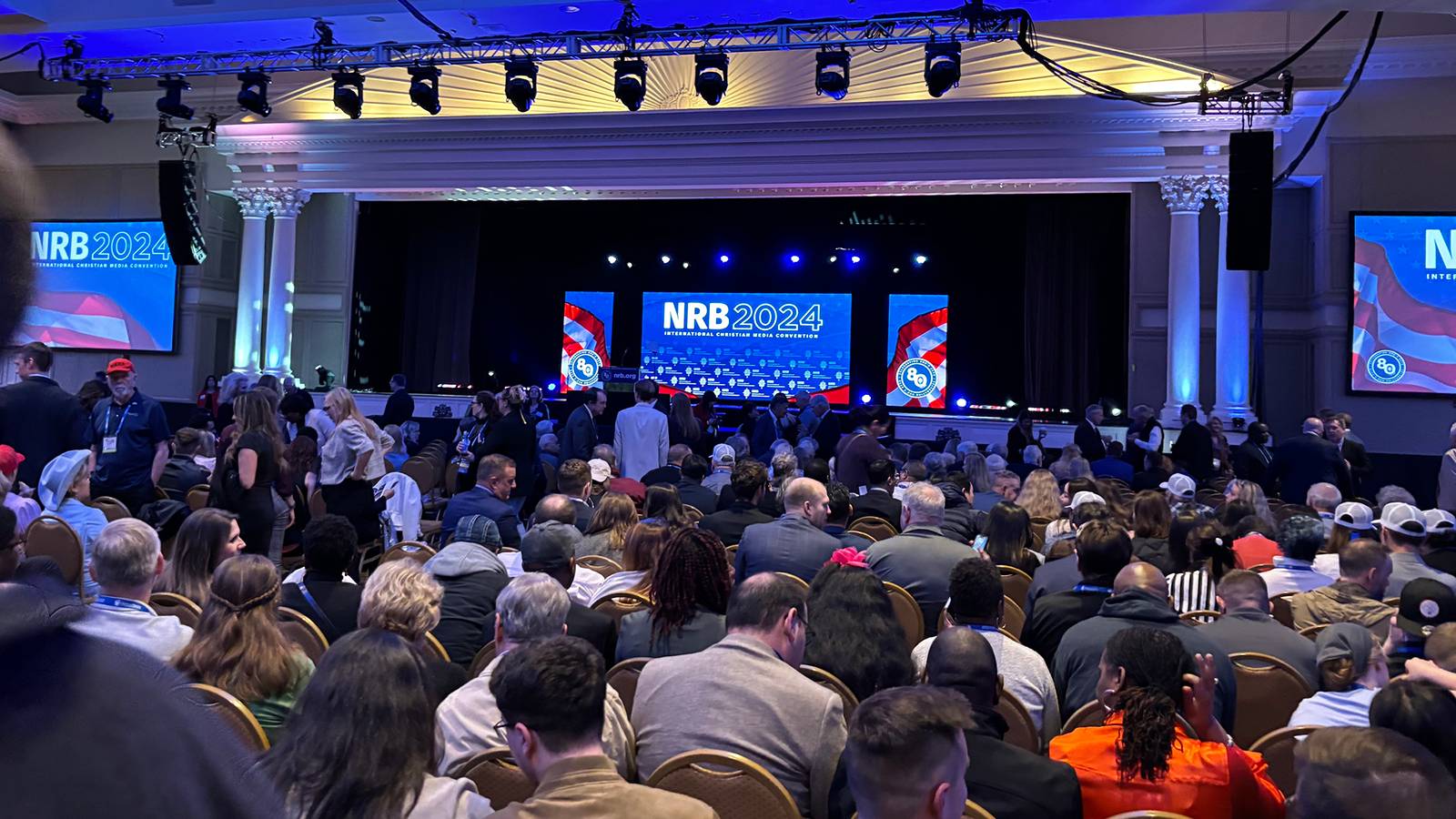Amid a spike in violence against religious minorities in Bangladesh, a national council of Buddhists, Hindus and Christians is renewing a campaign for the Muslim-majority South Asian nation to remove Islam as the state religion.
In mid-July, student-led protests demanding reform of the country’s job quota system turned violent, culminating in the collapse of former Prime Minister Sheikh Hasina’s government on August 5. After Hasina’s resignation, the anger aimed at her government poured onto religious minorities, especially Hindus and members of Hasina’s party, the secular Awami League, which is backed by much of the Hindu community. Furthermore, mobs targeted Christian homes and churches, and Christian converts from Islam reported death threats.
The attacks on minorities’ homes, places of worship, businesses, and lives, as well as Awami League politicians, have resulted in the death of at least 650 people since the violence began, according to a report by the United Nations Human Rights Commission.
The Bangladesh Hindu Buddhist Christian Unity Council (BHBCUC), a human rights organization, argues that enshrining Islam as the state religion has been detrimental to the country’s religious minorities and aspirations for greater democratic rule.
“According to the communalist and fundamentalist forces, Islam does not coexist with other religious faiths and beliefs and also contradicts democracy, in which they have no belief,” said Monindra Kumar Nath, the council’s joint general secretary.
Nirmal Rozario, president of the Bangladesh Christian Association (BCA) and the Christian co-president of the BHBCUC, said that the Christian community has advocated strongly for a secular country. The BCA presented 10 demands to the previous government in 2016 and “‘secularism’ has always been on the list,” Rozario told CT.
The council said earlier this month that there were 1,045 cases of human rights violations against religious minorities between June and August. Council members, including Nath, have received death threats for their activism. Nath called the reestablishment of “a discrimination-free state” a dream “dreamt by the recent student movement,” and one the BHBCUC will keep fighting for.
Six churches were seriously attacked during these two months, including the Naogaon Church of Bangladesh, Rangpur Isse Church (which serves Muslim converts), Chapai Lutheran Church, and two Pentecostal Church of Bangladesh congregations, Bony Baroi, the executive director at Bangladesh Social Service (BSS) and senior pastor at Bangladesh Evangelical Revival Church, confirmed to CT.
The house of a Muslim-background pastor was ransacked and looted by a fundamentalist Islamic group, a source who asked to remain anonymous for security reasons told CT.
“He was instrumental in bringing several people to Christ and runs eight house churches. He was translating the Bible into their native language for the believers, but all his translation work was burnt by the mob that attacked him,” said the source. “All his belongings, including chickens and ducks, were looted and his house and furniture were broken.”
A Catholic priest told La Croix that small churches and Christian villages were attacked during the riots.
The BHBCUC, an interethnic and interreligious forum, was established by Maj. Gen. C.R. Dutta Bir Uttam, a veteran of Bangladesh’s guerrilla war for independence from Pakistan that occurred in 1971 and was fought by people of different faiths, including Muslims, Christians, Buddhists, and Hindus.
After the war, in 1972, architects of Bangladesh’s constitution included secularism alongside nationalism, socialism, and democracy as the country’s four founding principles. But a few years later, the first president, Sheikh Mujibur Rahman, known as the “father of the nation” and Hasina’s actual father, was overthrown and a military ruler, Ziaur Rahman, replaced secularism with “absolute trust and faith in the Almighty Allah.” His successor Hussain Muhammad Ershad, another military officer, officially made Islam the state religion through a change to the constitution.
Activists have since demanded the removal of this establishment of a state religion, but despite Ershad’s fall in 1990, successive governments have kept the status quo, including those led by the Awami League. In 2011, a constitutional reform restored the original four founding principles, including secularism, but Hasina and others’ conception of secularism included a state Islam that would also guarantee religious freedom.
Under this system, religious minority leaders say they face discrimination and many hurdles that prevent them from practicing their faith freely. They feel strongly that democratic states should be secular states.
“The Christian community of Bangladesh dreams of living in a peaceful, prosperous, secular state where churches can worship openly and freely, public holidays will be available on special religious festivals and religious activities will not face any harassment or obstruction,” Jenny Moushumi Adhikary, Women and Children Coordinator of Talitha Koumi, an evangelical ministry in Bangladesh, told CT. “If we show respect and honor to people of all creeds, we can expect the same respect from the country and government.”
During this season of political unrest, Christians from all denominations have met at the Catholic archbishop’s house to regularly meet and pray for “peace, protection, wisdom and social justice to be established,” said Baroi.
This community is currently forming a Christian team that will seek to visit the interim government’s Chief Adviser, Mohammad Yunus, to discuss issues such as the “protection of minorities, Christian development organizations and the situation of the religious institutions,” Baroi said. This group intends to lobby alongside the BHBCUC in their efforts to make Bangladesh a secular state.
“The Christian community has always shown solidarity and stood by the BHBCUC—whether through demonstrations, human chains or demands,” said Rozario.
Last September, the BHBCUC launched a hunger strike to hold the Awami League to its election promises, which included proposing legislation that would allow Hindus to reclaim confiscated property, the creation of a national minority commission, protection for religious minorities, and the reinstatement of employment quotas that would distribute government jobs more equally across faiths.
The Bangladesh Youth Unity Council, a student-led organization, wants the international community to remind the interim government of its obligation to protect its citizens, irrespective of religion and ethnic identity.
“Whoever comes to power should establish a minorities commission and a ministry for religious and ethnic minorities,” said the youth council’s secretary, who requested anonymity out of concern for his safety. “They should give land rights to everyone and there should be a special tribunal to protect religious minorities.”
Communications laws, such as the Digital Security Act, are used to single out members of minority faiths, especially Hindus, for “offending the religious sentiments” of the Muslim majority. Courts have also imposed stricter penalties on religious minorities accused of posting offensive content on Facebook.
“The Christian community does not feel the freedom to express themselves on social media platforms out of fear of repercussions,” Rozario noted.
The Youth Unity Council’s secretary added that after Hasina fled earlier this month, the movement to remove Islam as the state religion in Bangladesh is at square one. “The mob rule on the streets right now has made it clear that they don’t want religious minorities in Bangladesh,” he said. “They want only one single religion, which is Islam.”
The international community, including the United Nations and the US State Department, has called for the protection of minorities in Bangladesh.
“We have made it clear that our goal is to ensure that the recent violence in Bangladesh is de-escalated. We are firmly against any racially driven attacks or incitement to such violence,” said Farhan Haq, the deputy spokesperson for United Nations Secretary-General António Guterres, in an August 8 statement.
Michael Kugelman, director of the South Asia Institute at the Wilson Center in Washington, said removing Islam as a state religion would significantly improve the interim government’s relationship with India, which has called on Bangladesh to protect its religious minorities in hopes of preventing Hindu refugees from coming across the border.
But Kugelman cautioned that dropping Islam’s favored status is not a simple fix, and he does not foresee it happening.
“Simply removing Islam as a state religion would not mean that influential religious and particularly Islamist actors would go away,” he added. “On the contrary, they would become more emboldened.”
While “some are demanding to rewrite the constitution,” the Chief Adviser does not have the power to do so and a constitutional change can only “be done by an elected government,” emphasized Asa Kain, the superintendent of the Bangladesh Assemblies of God denomination.
Rozario of the BHBCUC explained that their organization submitted seven demands to then–Prime Minister Hasina in 2023, “which included the demand for a secular Bangladesh. We had expectations from her, but our demands were not considered. Our demands and stance remain the same with regard to the future government.”
Yunus, who is also a Nobel laureate, recently showed support for minorities by visiting Dhakeshwari Temple, a prominent state-owned Hindu site in Dhaka considered the country’s national temple.
He urged Bangladeshis to be patient before assessing his government’s performance, according to local media.
“In our democratic aspirations, we should not be seen as Muslims, Hindus, or Buddhists, but as human beings,” Yunus said, according to The Daily Star, the largest English-language daily newspaper in Bangladesh. “Our rights should be ensured. The root of all problems lies in the decay of institutional arrangements. That is why such issues arise. Institutional arrangements need to be fixed.”




























































